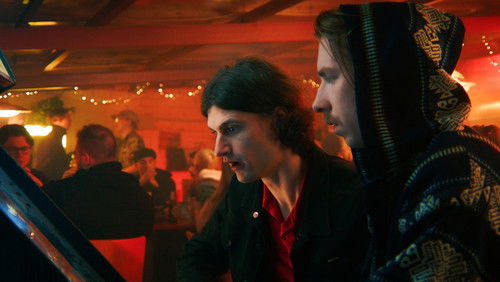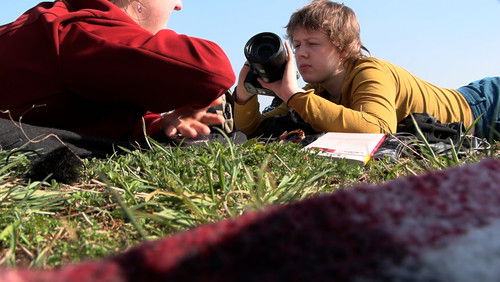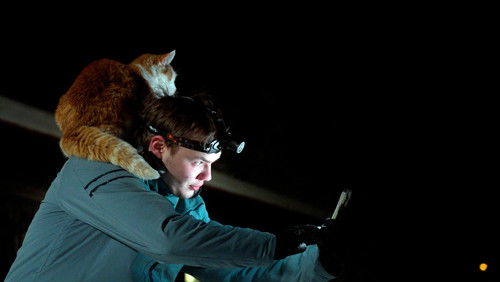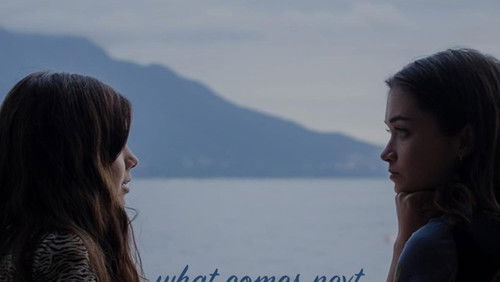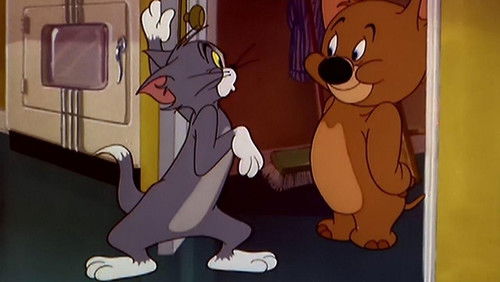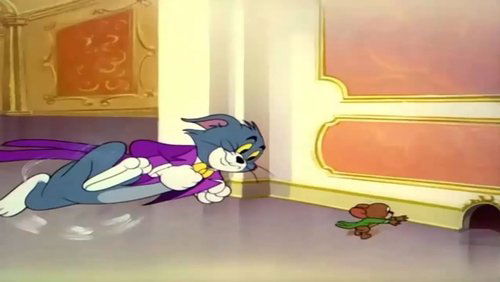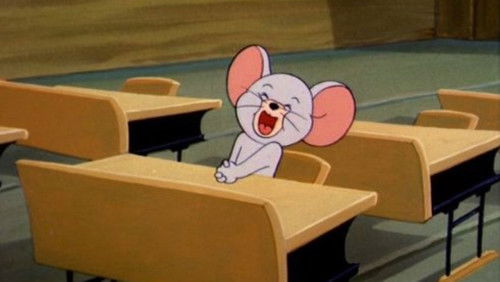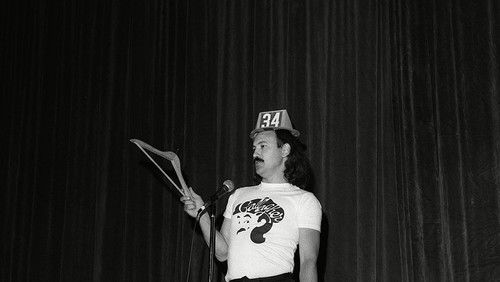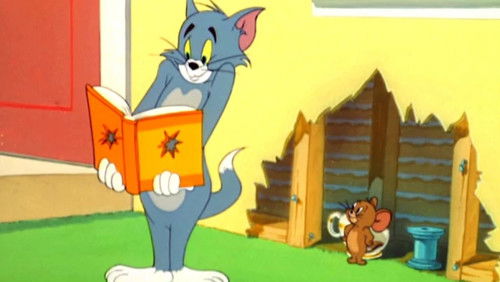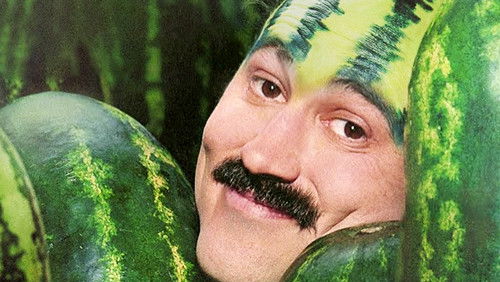Les amours d'Astrée et de Céladon (2007)
21KLes amours d'Astrée et de Céladon (2007). 1h 49m | PG-13
“I was aware of Rohmeru0026#39;s admiration for the late works of the ones he considered like great cineasts, and that normal spectators generally considered as artistic failures (as Renoiru0026#39;s or Chaplinu0026#39;s very last movies ; yes, the u0026quot;politique des auteursu0026quot; also has its dark side). But with u0026quot;Les amours du0026#39;Astrée et de Céladonu0026quot;, itu0026#39;s as if Rohmer himself wanted, for what may be his last movie, to perpetuate this tradition of great directors, who made a last senile movie, by adapting Urféu0026#39;s u0026quot;Lu0026#39;astréeu0026quot;, with ridiculous aesthetic codes, witch just look like a parody of Rosseliniu0026#39;s last movies (the ones he made for TV from Descartes or Marxu0026#39;s lives).u003cbr/u003eu003cbr/u003eIn his version of u0026quot;Percevalu0026quot;, Rohmer refused to film real landscapes in order to give a re-transcription of what may have been a middle age classical representation of things. The director apparently changed his mind when the XVII century is involved, and films actors, dressed like 1600u0026#39;s peasants reciting their antic text surrounded by contemporary trees and landscapes. But the all thing looks even more ridiculous than Luchini and its fake trees. Itu0026#39;s not that the story itself is stupid, but the way Rohmer mixes naturalism with artifices seems so childish and amateurism that it rapidly becomes involuntarily funny (and Iu0026#39;m not even talking about the irritating pronunciation of the actors, the annoying and sad humorist tries by Rodolphe Pauly, the ridiculous soft-erotic tone, the poor musical tentatives, or the strange fascination for trasvestisment!).u003cbr/u003eu003cbr/u003eThe radical aesthetic of the film ultimately makes it looks like a joke, which mixes a soft-erotic movie made for TV with theological scholastic discussions (sic !). At the beginning of the movie, Rohmer teaches us that the original french region of the story is now disfigured by modernity, and thatu0026#39;s why he had to film u0026quot;Lu0026#39;Astréeu0026quot; in other parts of the country. However, Iu0026#39;m sure the movie would have look more modern and interesting, if Rohmer would have actually still filmed the same story in a modern area with same narrative codes and artistically decisions. This film may interest a few historians, but most of the cinephiles may laugh at this last and sad Rohmeru0026#39;s movie.”
